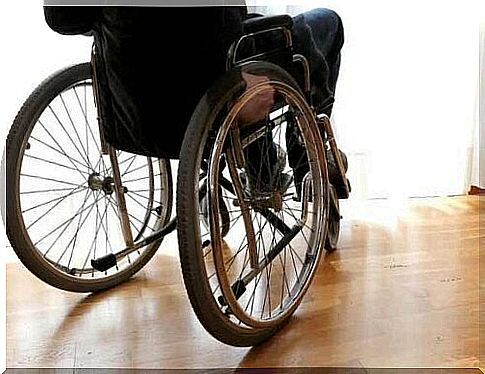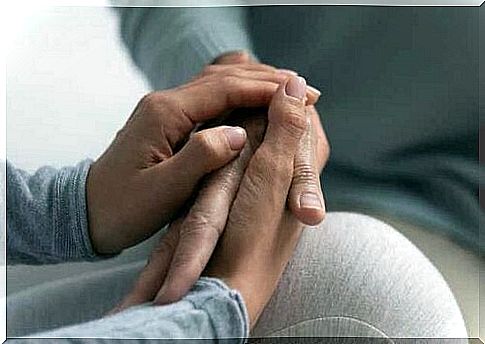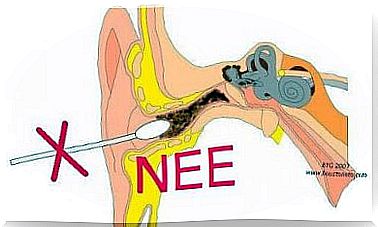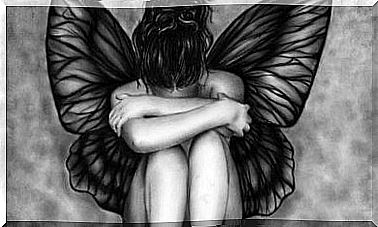Learn All About Rare Disease Day

Being ill is a difficult situation that creates a lot of uncertainty. Suffering from a disease that experts know little or nothing about and that the health system is unprepared for is much worse. Because of this unfavorable situation, Rare Disease Day was created to raise awareness.
It is celebrated on the last day of February as a way to make people suffering from rare diseases feel less isolated. It is also a way to promote medical advances in rare diseases.
According to data from the World Health Organization (WHO), one in 15 people worldwide could suffer from a rare disease. This equates to approximately 400 million people worldwide, of whom 30 million are in Europe and 25 million in the United States.
In this article, we’ll clarify what a rare disease is, share some historical facts about some of these conditions, and also tell you how you can help a diagnosed person. We also provide information about Rare Disease Day and what you can do.
What is a rare disease?

A rare disease affects only a small group of people. In other words, a disease is considered rare if it affects fewer than 5 in 10,000 people. There are as many as 6,000 to 8,000 different rare diseases worldwide. Below we tell you about some of the rarest diseases.
Ebstein’s disease
Ebstein’s disease is a rare congenital heart defect. The tricuspid valve is in the wrong position. Also, the heart valves have a wrong shape. This can lead to an enlarged heart, heart failure, or leakage of blood through the closed valves.
Moebius syndrome
Moebius syndrome is a rare and congenital neurological disorder that causes paralysis of the face. It also causes, among other things, limited control of the muscles of one or both eyes, swallowing problems and speech problems. Weakness or paralysis of the 6th and 7th cranial nerves lead to this syndrome.
Chediak-Higashi syndrome (CHS)
Chediak-Higashi syndrome (CHS) is caused by a mutation of a lysosomal transport regulator protein. This affects the body’s defenses, since it does not perform the function of fighting external pathogens that attack the body.
Thus, it limits the phagocytic function, which consists in the selective elimination of damaged cells or microbes. This leads to problems such as anemia, recurrent infections and an enlarged liver.
Bardet-Biedl syndrome (BBS)
This is a rare autosomal recessive disorder that affects different parts of the body. Obesity, reproductive tract abnormalities, mental retardation, polydactyly, and heart defects may occur, among others.
Hermansky-Pudlak syndrome
It is a rare hereditary multiple system disorder that causes eight separate disorders. Examples of these conditions include:
- oculocutaneous albinism
- pulmonary fibrosis
- kidney disease
- bleeding disorders
There are also other rare diseases with a slightly higher incidence in the population. We list a few for you:
- Elephant disease or elephantiase
- Myasthenia gravis
- Progeria or Hutchinson-Gilford syndrome
- Amyotrophic Lateral Sclerosis (ALS)
- Goodpasture’s syndrome (GPS)
- Tarlov cysts
Historical Facts About Rare Disease Day
Rare Disease Day is celebrated on the last day of February for a very specific reason. This is because it is a ‘rare’ date that only occurs once every four years. So it takes place on the last day of February, a month is known for having a varying number of days to plead for these patients.
Rare Disease Day was first celebrated in 2008 and that year’s slogan was “A rare day for very special people.” The slogan for 2020 was “Rare is a lot. Rare is strong. Rare is pride!”
Rare Disease Day came about as the relatives of those affected fought to give them a voice and destigmatize these diseases to improve treatment options.
European associations such as the European Organization for Rare Diseases (EURORDIS) and the Spanish Federation of Rare Diseases (FEDER) joined the cause. It has gradually become a world phenomenon.
The National Organization for Rare Disorders (NORD) is the leading patient advocacy organization and the official US sponsor of Rare Disease Day, the international variant of Rare Disease Day.
How can you help someone with a rare disease?

Being diagnosed with a rare disease is a complex situation to process. It causes insecurity, anxiety, depression and stress. Therefore, experts recommend the following points to help the patient cope with the situation:
- Get to know the disease. Even though the disease is rare, it can help to understand what it consists of and how it develops.
- Make consistent decisions. Do not make impulsive decisions regarding the treatment plan to follow or while analyzing all available options. It is best to make decisions when you are calm, calm and composed.
- Don’t neglect emotional health. Help the patient express their emotions, doubts and fears as this will improve mental health.
- Opt for professional psychological support. It is likely that a patient suffering from a rare disease could use psychological support. That also applies to the parents. Therefore, getting psychological help is a great way to avoid psychopathological problems.
How you can support Rare Disease Day
You can support Rare Disease Day by making small gestures and even organizing fundraisers. Here are some interesting ideas to consider:
- Post a photo of the official logo on social media to increase Rare Disease Day visibility.
- Comment on social media with the hashtag #RareDiseaseDay or #rareDiseaseDay
- Publish statistics so that people become aware of how much this problem affects patients.
- Organize a fundraiser. The money can then be used for research into treatments for rare diseases.
- Talk to other people about someone you know who suffers from a rare disease to raise awareness.
What to Remember About Rare Disease Day
By participating in Rare Disease Day, researchers will be encouraged to seek advanced treatments for these conditions.
Although it is celebrated on the last day of February, any day of the year is a good time to carry out activities for the benefit of these patients. Awareness is part of the solution and integration is in our hands. Together we stand stronger!









